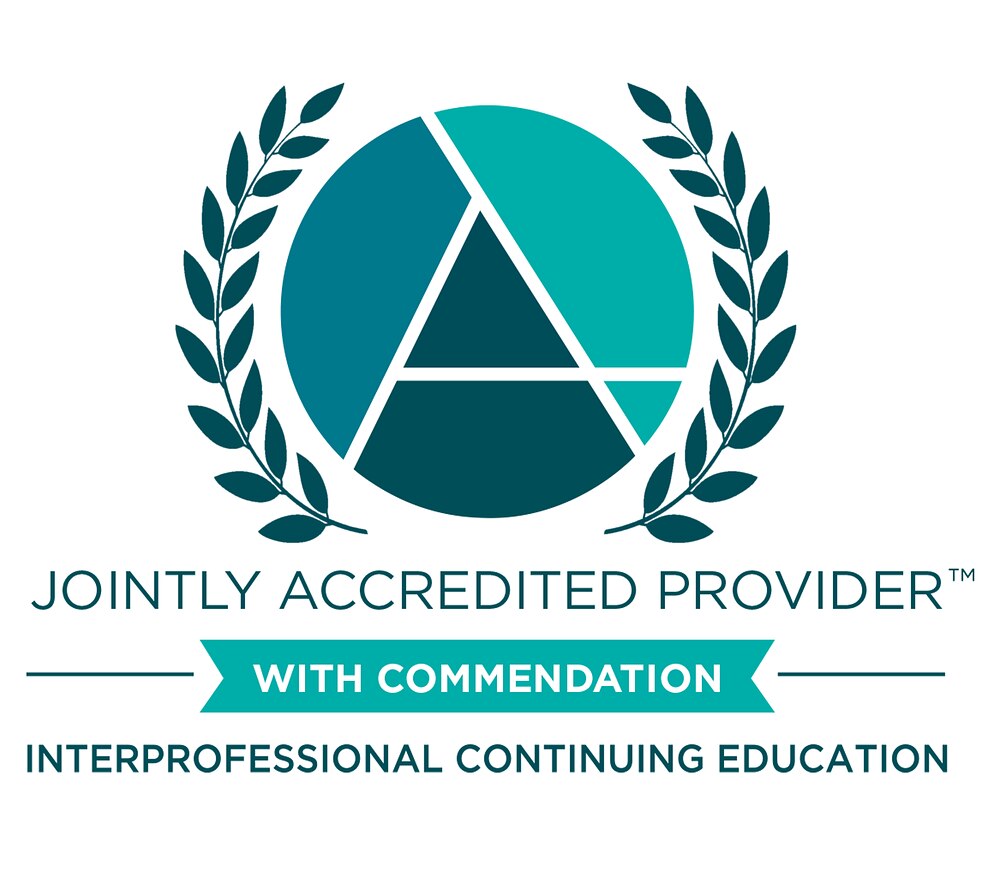Background: As interprofessional education (IPE) evolves to meet the needs of diverse learners and learning environments, understanding how delivery modality influences learner experience is critical. Few studies have applied a conceptual framework to compare virtual and in-person IPE formats. This study uses the Community of Inquiry (CoI) framework to explore the perceived learning experience and satisfaction of health professional students participating in foundational IPE across two delivery modes.
Methodology: We conducted a mixed-methods analysis of retrospective post-activity evaluations from the “Better Together” IPE sessions offered in-person (2019-2020 academic year) and virtually (2023-2024 academic year). Data included responses from 234 in-person (MN & MD) and 1,215 virtual participants (241 MN & MD, 974 other professions). Quantitative data from Likert-scale questions were analyzed using descriptive statistics. Qualitative responses to reflective questions were coded using deductive content analysis within the CoI framework (Teaching, Cognitive, and Social Presence), using NVivo software.
Results: MN and MD students’ satisfaction was similar in the virtual session compared to the in-person session (p>0.05). However, statistically significant differences existed in satisfaction ratings between professions (p< 0.001) and education levels (p< 0.001, undergraduate vs. master vs. doctoral students) in the virtual session, as well as between MN and MD students in the in-person session. Qualitative findings revealed consistent subthemes across delivery modes among MN and MD students, including need to adjust the content and modify the overall experience and activities’ design, challenges with the timing (Teaching Presence); positive learning experience and critical learning outcomes (Cognitive Presence); enjoyed social interactions, desired diverse student representation and more student interaction time (Social Presence). Notably, while some MN and MD students preferred the in-person delivery format, students from other professions (e.g., SLP and SW) rated the session as unhelpful and irrelevant to their careers, even though their general comments were similar across disciplines.
Conclusion: This study underscores the importance of tailoring IPE to diverse professional backgrounds and education levels and demonstrates the utility of the CoI framework in identifying strengths and areas for improvement. The alignment of cognitive, social, and teaching presences is essential to fostering meaningful interprofessional learning regardless of modality.
Implications: As we strive to advance health through interprofessional collaboration, this study offers actionable insights for educators to refine IPE programs that remain responsive and impactful across settings. Applying a structured framework like CoI ensures that learner voices inform program improvement and sustain the North Star of interprofessional education.
In support of improving patient care, this activity is planned and implemented by The National Center for Interprofessional Practice and Education Office of Interprofessional Continuing Professional Development (National Center OICPD). The National Center OICPD is accredited by the Accreditation Council for Continuing Medical Education (ACCME), the Accreditation Council for Pharmacy Education (ACPE), and the American Nurses Credentialing Center (ANCC) to provide continuing education for the healthcare team.
As a Jointly Accredited Provider, the National Center is approved to offer social work continuing education by the Association of Social Work Boards (ASWB) Approved Continuing Education (ACE) program. Organizations, not individual courses, are approved under this program. State and provincial regulatory boards have the final authority to determine whether an individual course may be accepted for continuing education credit. The National Center maintains responsibility for this course. Social workers completing this course receive continuing education credits.
The National Center OICPD (JA#: 4008105) is approved by the Board of Certification, Inc. to provide continuing education to Athletic Trainers (ATs).
This activity was planned by and for the healthcare team, and learners will receive Interprofessional Continuing Education (IPCE) credit for learning and change.


Physicians: The National Center for Interprofessional Practice and Education designates this live activity for AMA PRA Category 1 Credits™. Physicians should only claim credit commensurate with their participation.
Physician Assistants: The American Academy of Physician Assistants (AAPA) accepts credit from organizations accredited by the ACCME.
Nurses: Participants will be awarded contact hours of credit for attendance at this workshop.
Nurse Practitioners: The American Academy of Nurse Practitioners Certification Program (AANPCP) accepts credit from organizations accredited by the ACCME and ANCC.
Pharmacists and Pharmacy Technicians: This activity is approved for contact hours.
Athletic Trainers: This program is eligible for Category A hours/CEUs. ATs should claim only those hours actually spent in the educational program.
Social Workers: As a Jointly Accredited Organization, the National Center is approved to offer social work continuing education by the Association of Social Work Boards (ASWB) Approved Continuing Education (ACE) program. Organizations, not individual courses, are approved under this program. State and provincial regulatory boards have the final authority to determine whether an individual course may be accepted for continuing education credit. The National Center maintains responsibility for this course. Social workers completing this course receive continuing education credits.
IPCE: This activity was planned by and for the healthcare team, and learners will receive Interprofessional Continuing Education (IPCE) credits for learning and change.
Learners can claim CE credit by completing the Daily Evaluation.



